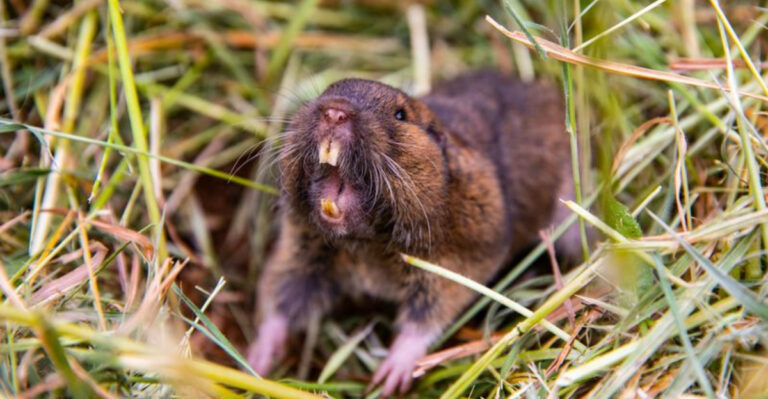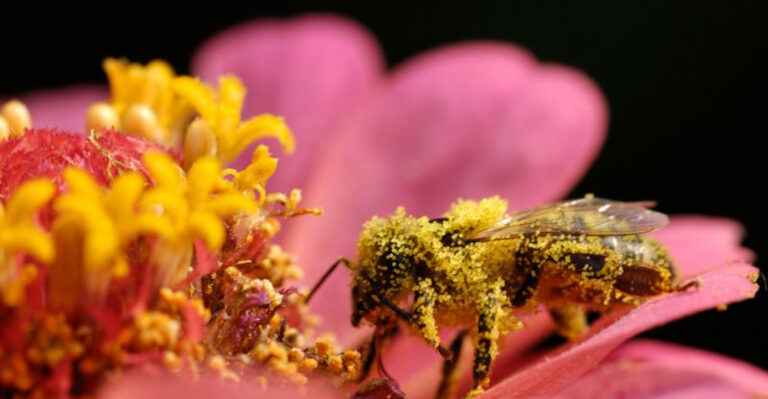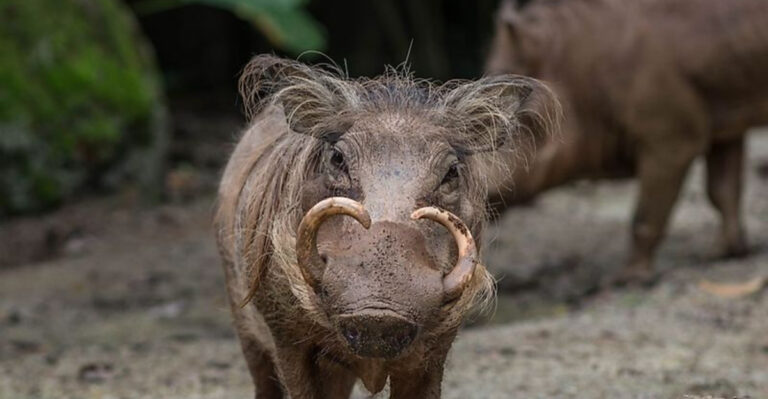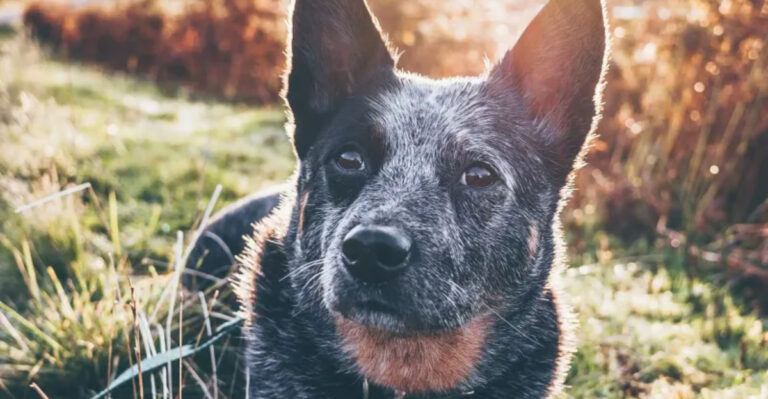Herbivores Breaking The Rules: Why Some Occasionally Feast On Meat
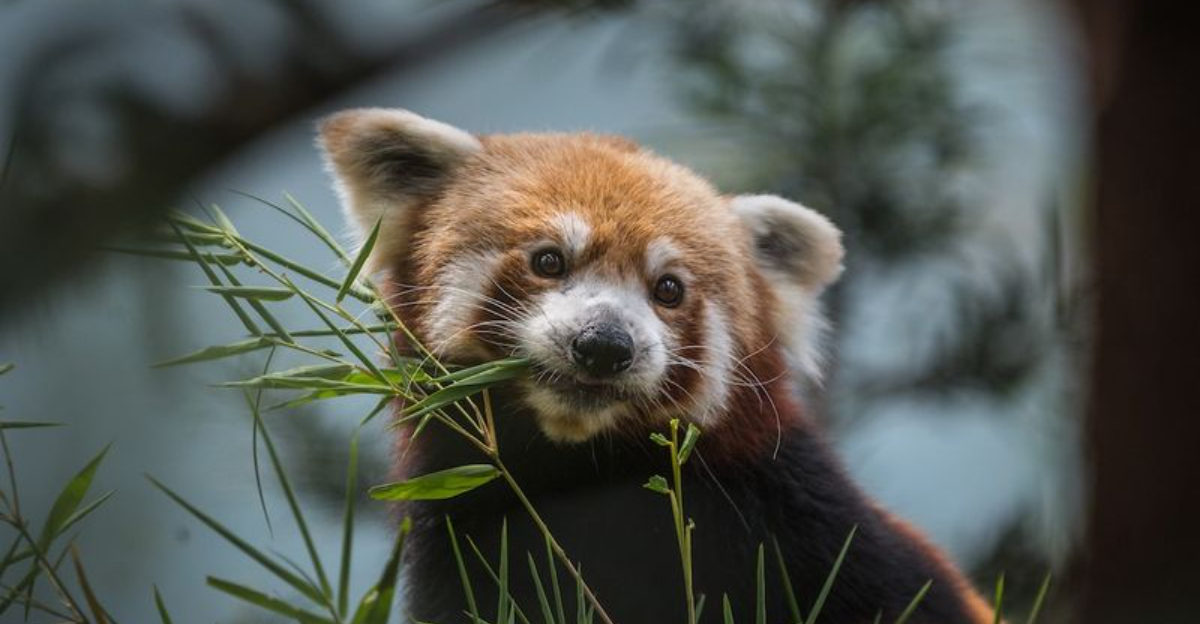
When we think of herbivores, we picture peaceful animals munching on grass and leaves. But nature loves to surprise us! Many plant-eaters occasionally snack on meat, breaking all the rules we learned in science class.
This unexpected behavior happens for various reasons – from survival needs to nutritional deficiencies – and challenges our understanding of animal diets.
When Herbivores Turn Carnivore: Understanding This Unusual Behavior
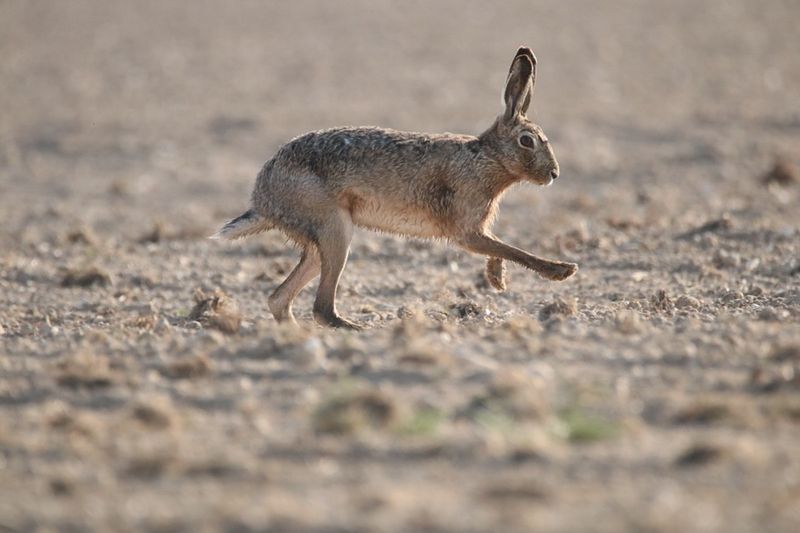
Animals don’t read textbooks about what they’re supposed to eat. Deer have been spotted munching on birds, horses occasionally chew on fish, and even elephants might snack on meat when the opportunity presents itself.
This behavior, called opportunistic carnivory, happens more often than we realize. Scientists believe these seemingly bizarre dietary choices aren’t actually accidents but rather calculated decisions based on what’s available.
The animal kingdom rarely follows our neat categories. Many so-called herbivores are actually flexible eaters who primarily eat plants but won’t pass up protein when they need it. This adaptability helps them survive when their preferred food sources become scarce.
The Surprising Science Behind Herbivores Eating Meat
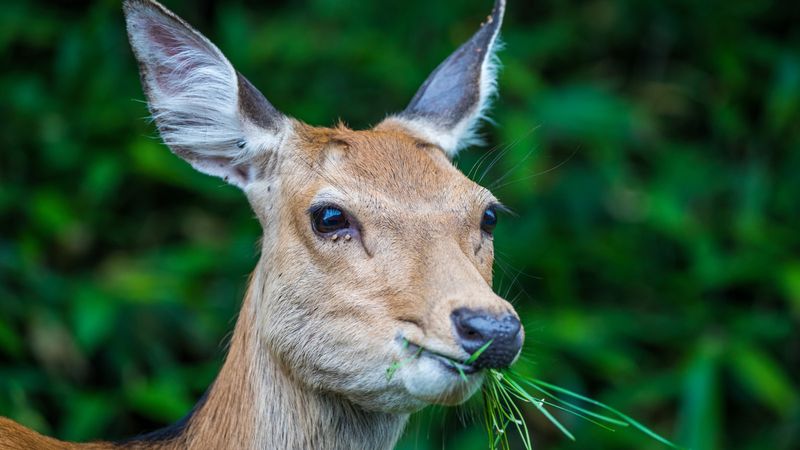
The digestive systems of herbivores seem poorly equipped for meat processing, yet they manage anyway. Their bodies contain certain enzymes that, while primarily designed for breaking down plants, can also handle animal protein in small amounts.
Research suggests many herbivores retain evolutionary digestive capabilities from omnivorous ancestors. This genetic memory allows them to process meat occasionally without getting sick.
Scientists studying these behaviors note that the line between herbivore and omnivore is blurrier than previously thought. Many animals exist on a dietary spectrum rather than in strict categories. This flexibility likely provided survival advantages throughout evolutionary history, explaining why these seemingly contradictory behaviors persist today.
Why Some Herbivores Don’t Stick To Plants Alone
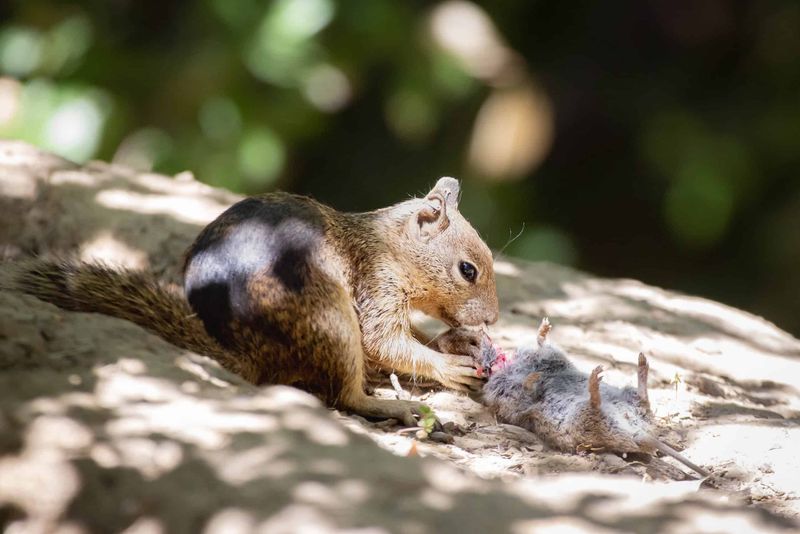
Environmental pressures force plant-eaters to adapt quickly. During droughts or harsh winters when vegetation becomes scarce, normally peaceful grazers might turn to alternative food sources – including meat – to survive.
Maternal instinct plays a surprising role too. Female herbivores sometimes consume meat during pregnancy or nursing periods when their bodies demand extra protein and minerals for developing offspring.
Social learning influences feeding behaviors as well. Young herbivores might observe others eating meat and imitate them, especially in captivity where natural food sources are limited. Once they discover these additional food sources provide valuable nutrients, they may continue seeking them out even when plants become abundant again.
Is It Survival Or Curiosity? Reasons Herbivores May Eat Meat
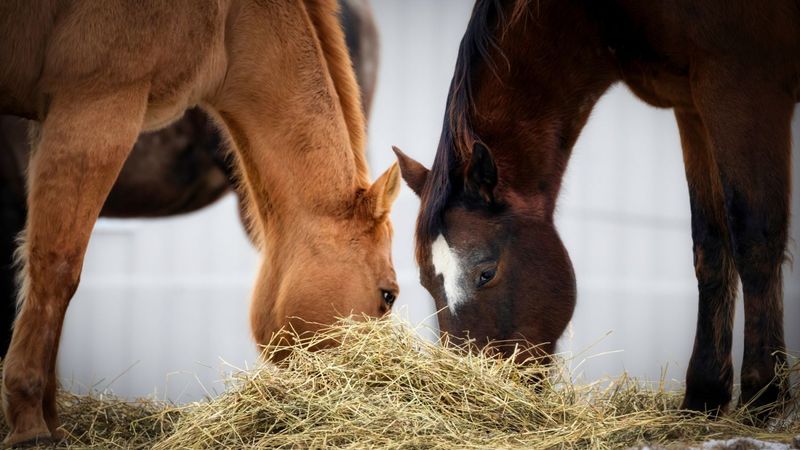
Hunger drives desperate measures. When faced with starvation, even the strictest plant-eaters will consume whatever provides calories – including meat. This survival mechanism keeps them alive through resource-scarce periods.
Natural curiosity pushes boundaries too. Young herbivores explore their world mouth-first, sometimes developing tastes for unexpected foods. What begins as innocent investigation can become a dietary preference.
Mineral deficiencies trigger specific cravings. Phosphorus, calcium, and salt – nutrients abundant in bones and meat – attract herbivores suffering from imbalances. Farmers often witness cows and horses chewing on bones or licking blood, behaviors directly linked to their bodies’ urgent nutritional needs rather than random chance or aberrant behavior.
The Role Of Nutrient Deficiencies In Herbivores’ Meat-Eating Behavior

Sodium shortages drive unusual cravings. Plant-eating animals living in sodium-poor environments often seek this essential mineral from unexpected sources – including meat and blood – which contain high concentrations compared to vegetation.
Protein deficiencies trigger instinctual responses. During growth spurts or recovery from illness, herbivores require extra protein that plants alone might not provide efficiently. Their bodies cleverly guide them toward protein-rich alternatives.
Calcium needs spike during antler growth and pregnancy. Deer and other antlered animals have been documented gnawing on shed antlers and bones, recycling calcium directly from animal sources. This seemingly unnatural behavior actually represents a sophisticated nutritional strategy, allowing them to quickly address specific deficiencies without waiting for plant-based alternatives.
Unexpected Dietary Choices: How Herbivores Satisfy Their Protein Needs
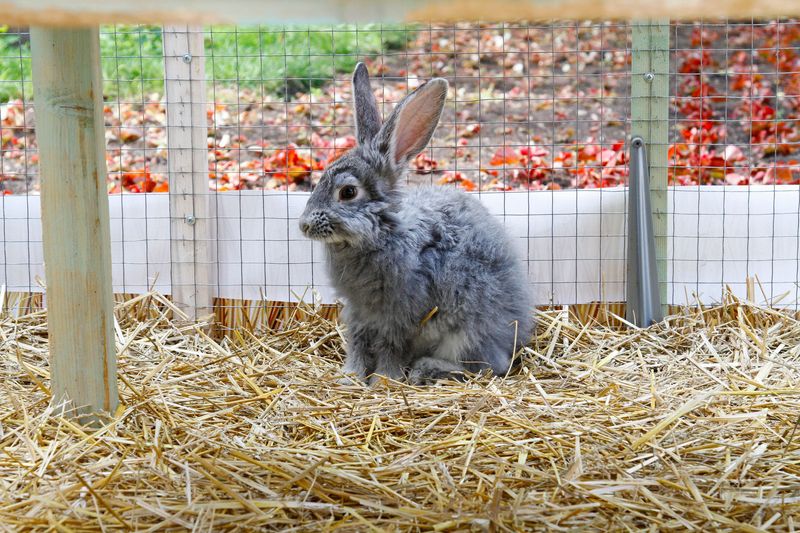
Rabbits practice coprophagy – eating their own droppings – to extract maximum protein from their food. This seemingly gross habit allows them to process plant material twice, squeezing out every bit of nutritional value.
Some herbivores target protein-rich plants strategically. Gorillas select bamboo shoots and certain leaves with higher protein content during growth periods, showing remarkable nutritional awareness.
When plant protein proves insufficient, opportunistic meat-eating emerges. Cows have been filmed swallowing chicks whole, horses have stomped on birds before consuming them, and sheep have chased down and eaten rabbits. These behaviors, while shocking to observe, demonstrate remarkable adaptability and nutritional intelligence among animals we wrongly assumed were strictly vegetarian.
Herbivores Breaking The Mold: When Eating Meat Becomes Necessary

Harsh winters transform eating habits dramatically. When snow blankets vegetation, deer have been observed scavenging from carcasses – behavior that keeps them alive until spring arrives.
Island-dwelling herbivores face unique challenges. Those living in isolated environments with limited plant diversity often develop more flexible diets including occasional meat consumption. The famous case of Mango, a deer on Florida’s Big Pine Key, regularly eating fish stunned wildlife observers but perfectly illustrated this adaptation.
Captive herbivores sometimes develop meat-eating tendencies absent in their wild counterparts. Zoo animals with access to novel foods may discover and develop preferences for meat items, showing how environment shapes behavior more than rigid biological programming does.
Herbivores That Snack On Meat: A Look At Their Shifting Diets
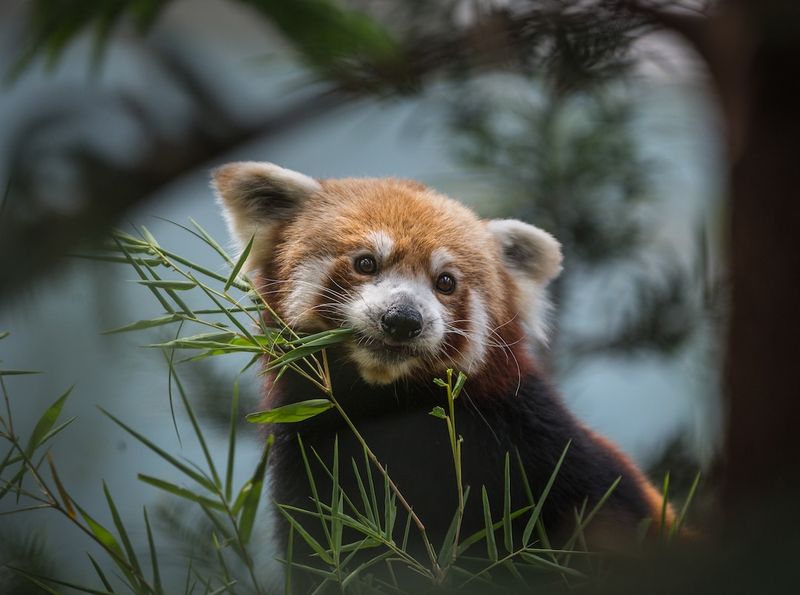
Red pandas primarily eat bamboo but supplement their diets with bird eggs, insects, and occasionally small mammals. This flexibility helps them survive in their mountainous habitats where bamboo quality varies seasonally.
Gorillas, our plant-eating cousins, consume insects regularly and have been observed eating small mammals in the wild. These protein snacks complement their mostly vegetarian lifestyle, especially during fruit shortages.
Manatees, those gentle sea cows, occasionally eat fish trapped in fishing nets. While they prefer aquatic plants, these marine herbivores won’t pass up an easy protein source. Their shifting diets show remarkable adaptability – a crucial survival trait in changing environments where preferred foods may become temporarily unavailable.
Cows, Goats, And Other Herbivores: Occasional Meat Eaters You Didn’t Know About
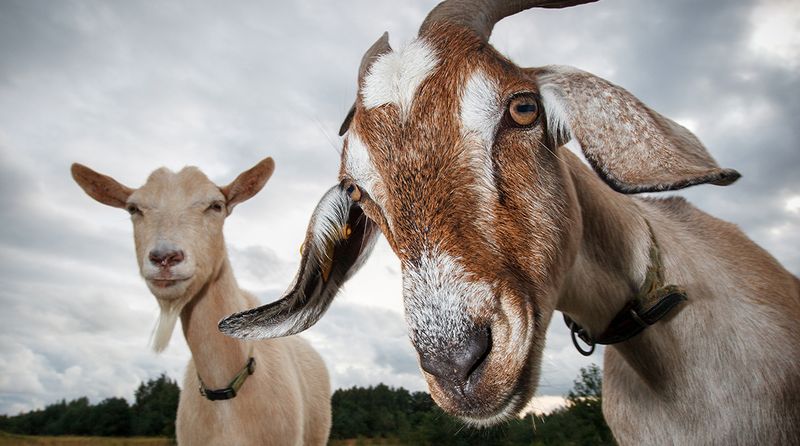
Farmers have documented cows consuming chicken carcasses, small birds, and even snakes that enter their pastures. These seemingly docile grass-eaters will opportunistically consume meat when it presents itself.
Goats, famous for eating anything, actively hunt and eat birds when given the chance. Their reputation as garbage disposals extends beyond tin cans to include small animals they can catch.
Horses have been filmed stomping on birds before eating them – a deliberate hunting technique rather than accidental consumption. Even rabbits, the poster animals for plant-eating, occasionally consume meat, with documented cases of them hunting and eating small birds and mice. These behaviors challenge our simplified understanding of what constitutes a “herbivore” in nature.
Deer, Hippos, And Kangaroos: Herbivores That Occasionally Feast On Flesh
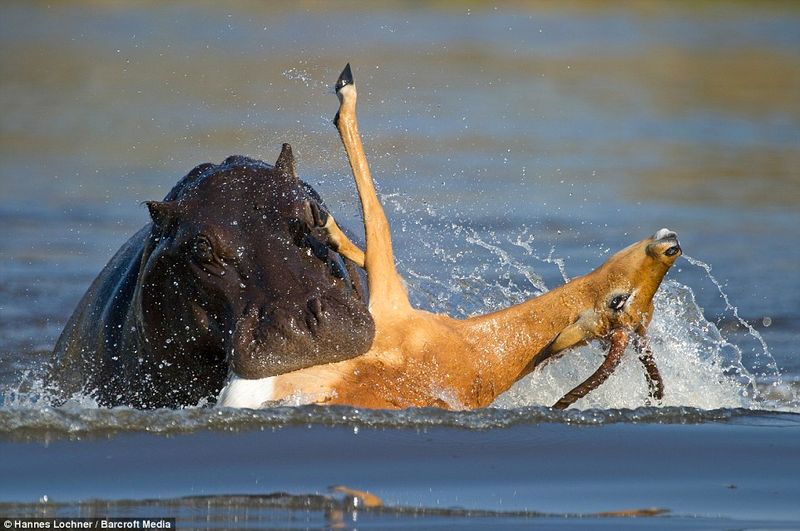
White-tailed deer have been captured on film eating birds, rabbits, and even human remains at body farms. These supposed vegetarians sometimes actively hunt small animals, showing predatory behavior that shocks observers.
Hippos, despite their plant-based diet, occasionally scavenge meat from carcasses and have been documented eating impala and even other hippos. Their massive jaws, designed for plant defense, work equally well for carnivorous opportunities.
Kangaroos typically graze on grass, but researchers have observed them consuming birds and small mammals during drought conditions. Their adaptable digestive systems allow them to extract nutrients from these unconventional food sources when plants become scarce, highlighting the remarkable dietary flexibility that helps them survive in Australia’s harsh and unpredictable climate.
Beyond Grass: Why Some Herbivores Can’t Resist Eating Meat

Evolutionary history explains these surprising behaviors. Many modern herbivores evolved from ancestors with more varied diets, retaining the ability to digest meat when necessary.
Taste preferences aren’t hardwired as we once thought. Herbivores can develop acquired tastes for meat through repeated exposure, especially when that meat provides nutrients missing from their plant-based diet.
Brain chemistry plays a fascinating role too. The pleasure centers in herbivore brains still respond positively to protein-rich foods like meat, creating reward pathways that encourage continued consumption. This neurological response explains why, once a herbivore discovers meat’s nutritional benefits, they may actively seek it out rather than consuming it only when plants are unavailable.
Are Herbivores Really Herbivores? The Meat-Eating Mystery Behind Certain Species
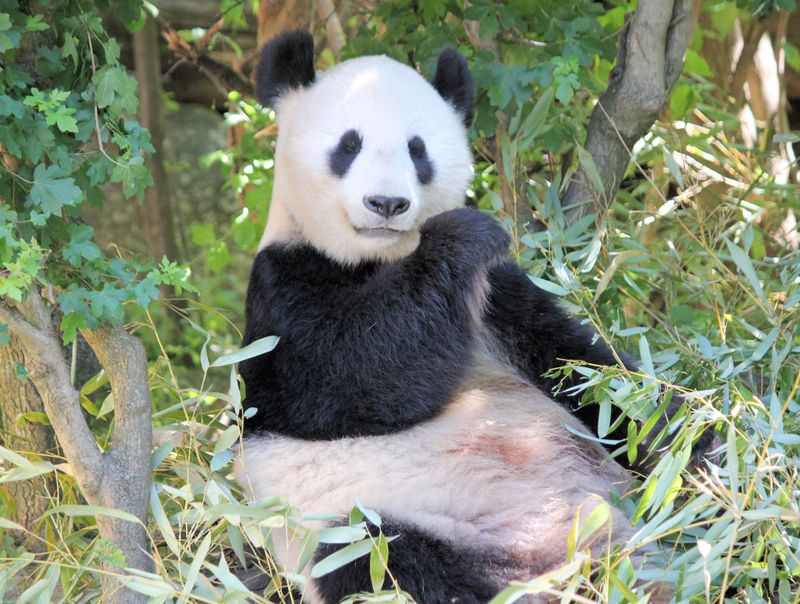
Dietary classifications oversimplify complex feeding behaviors. Most animals exist on a spectrum rather than fitting neatly into herbivore, carnivore, or omnivore categories.
Pandas challenge our understanding completely. Technically carnivores with digestive systems designed for meat, they’ve adapted to eat bamboo but still occasionally consume meat when available. Their evolutionary story reminds us how flexible animal diets truly are.
Modern research suggests we should replace rigid categories with a more nuanced approach. Terms like “facultative herbivore” better describe animals that primarily eat plants but supplement with meat when beneficial. This evolving understanding helps explain seemingly contradictory behaviors and acknowledges the remarkable adaptability that allows species to survive in changing environments.

